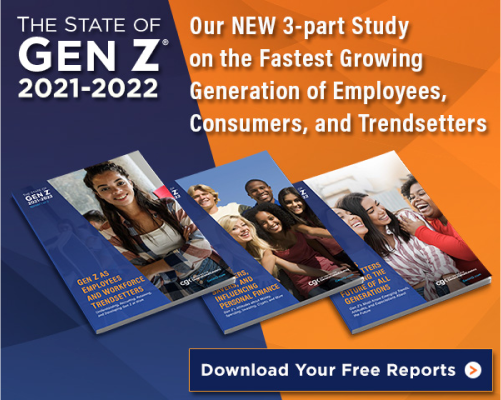Managers and leaders are responsible for solving an unprecedented challenge: up to five generations working side by side in their workforce. Each generation brings its own life stage, communication preferences, priorities, and more.

Here is a quick overview of the five generations by birth years:
- iGen, aka Generation Z: born 1996 and after
- Millennials, aka Generation Y: born 1977 to 1995
- Generation X: born 1965 to 1976
- Baby Boomers: born 1946 to 1964
- Traditionalists: born 1945 and before
Many converging trends have created today’s up-to-five-generation workforce. These trends include:
- People living longer, more active lives so they’re able to work longer
- Traditionalists and Baby Boomers not being in a financial position to retire
- Traditionalists and Baby Boomers wanting to work until an older age, as work has helped define them for decades
- Baby Boomers financially supporting their “adult” Millennial children into their late 20s and even 30s
- Generations potentially becoming shorter in duration as the rate of change increases in areas such as communication, tech use, etc.
- This all leads to more generations in a single workforce
Managers and leaders who are able to understand, communicate, motivate, train, and retain four or five different generations at the same time are sought after in every industry. This is becoming a mission-critical skill, whether you’re in technology, healthcare, finance, or retail.
This cross-generation skillset is not one that managers may naturally have, but it is one that can be developed through learning and practice.
At The Center for Generational Kinetics, we teach managers and leaders step by step how to manage each generation to drive performance, innovation, and teamwork. We are committed to unlocking the potential of every generation.
Does your workplace attract a multigenerational team? Or is it primarily comprised of one generation? Why or why not?
